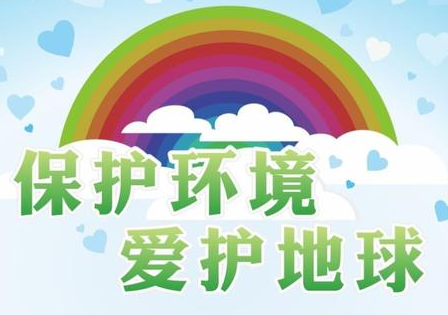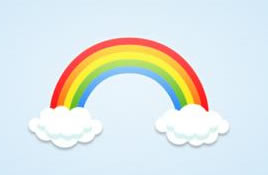为大家带来2018年2月24日雅思考试A类写作大小作文真题范文汇总。本场大陆考区的小作文是静态表格,属于常规图表。大作文为环境类话题,讨论私家车的利弊。写作真题为: As countries develop, more and more people buy and use their own cars. Do you think the advantages of this trend for individuals outweigh its disadvantages for the environment?随着社会的发展,越来越多的人拥有了私家车。你认为这是一件利大于弊的事吗?
2月24日场托福写作大作文范文
范文节选:The first point to make is that there are some merits to increasing purchases of private cars for individuals. For one, cars allow for more convenience and mobility on a daily basis. Regarding convenience, cars are accessible for people right in the garage or near their houses, instead of making one’s way to a bus stop or train station, saving a great amount of time. In terms of mobility, people could commute or travel to a faraway place. For example, people could travel to outer suburbs that are poorly serviced by public transport,even where it is available but can be prohibitively expensive. For another, cars give a much greater degree of comfort and shelter. When suffering severe whether while travelling, people have a warmer and cleaner room to stay in, without waiting out in the open bus stop or crowded railway station, which seems to be impossible in a public transport.
范文节选:Moreover, private cars can not carry many passengers at a time yet occupy spaces in the street. As the number of cars is increasing in the road so does the traffic jam. Perhaps the major disadvantage of cars, in general, is the huge damage they do to the human health and to the environment. More cars mean more pollution. The environment pollution is a serious issue today and at any cost, we must reduce the amount of pollution and if we consider it then owning a car is never a good idea.
范文节选:Conversely, there is a commonly heard view that television is of great importance to stimulate imaginative play and advance language skills. As to building imagination, this highly visual medium is a boon given to people by technology that is a good source to entertain them only when used judiciously.
范文节选:In 1988, it was obvious that most water was consumed for washing clothes, taking up 25% of total amount. Meanwhile, the percentage of water used in gardening and bath was similar, at 20% and 22% respectively. The remaining 33% of water was mainly used in toilet (18%) and kitchen (15%).







文档为doc格式

 本文地址:
本文地址: 

